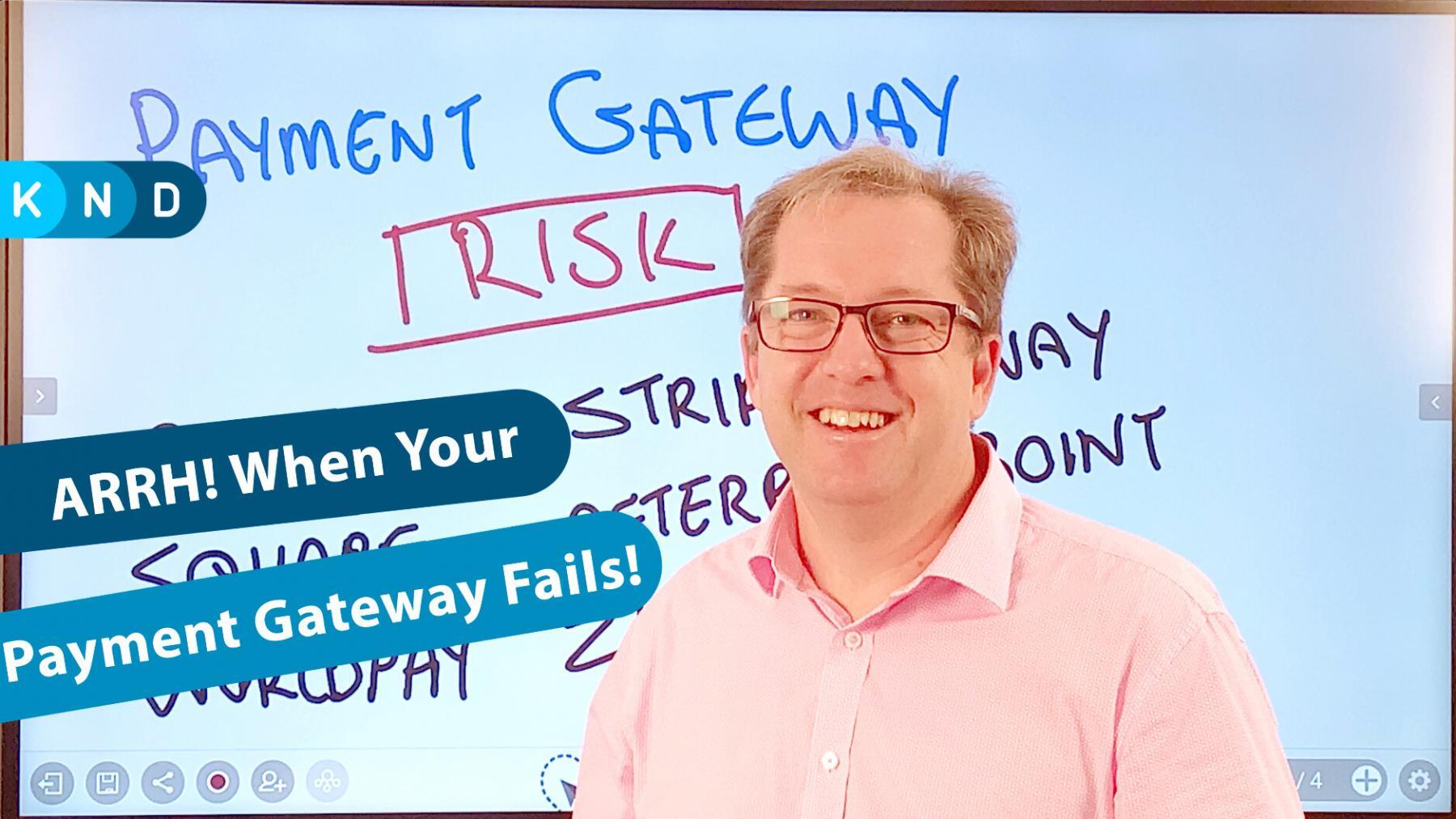
What would it feel like as a full-on e-commerce owner to have your payment system completely shut off by the supplier? Well that’s what happened to a client of ours recently and they’re in a world of pain for several weeks to come to a solution.
It was by no fault of their own… one or the two of their products on their site was identified as a problematic product in another country totally legal here but they were forced to be stopped from using PayPal. PayPal just came along and just basically said “no” you’re not allowed to be used today when you can’t use it that was their primary source of transacting they had a few other systems rolling, but over a next couple of days they’ve moved to square. Square was also blocked Worldpay was another one.
Stripe was blocked and their list was getting smaller and smaller so the moral of the story here is you need to hedge your bets.
Make sure you have multiple payment options available for your clients so that if the worst happens, you can easily switch from one to the other it’s a great way to make sure you’re managing your business transaction risk.
In this in this instance, the guys move to the merchant facility that they’ve set up with their Australian bank and started transacting directly in Australia, using the eWay account. A payment gateway system that can connect into multiple different banks.
So this is the solution and they continue to trade and it’s all happy days now. But they were very very exposed to PayPal and the larger international players. So have a revision of your payment systems and turn on a few more.
It’s really easy to switch payment gateways on and off the e-commerce stores these days, the tools make that extremely easy but sometimes actually setting up the transactional background to these accounts that takes more time, so don’t expect you can just switch it on overnight you need to investigate it make sure you’re on the money.




